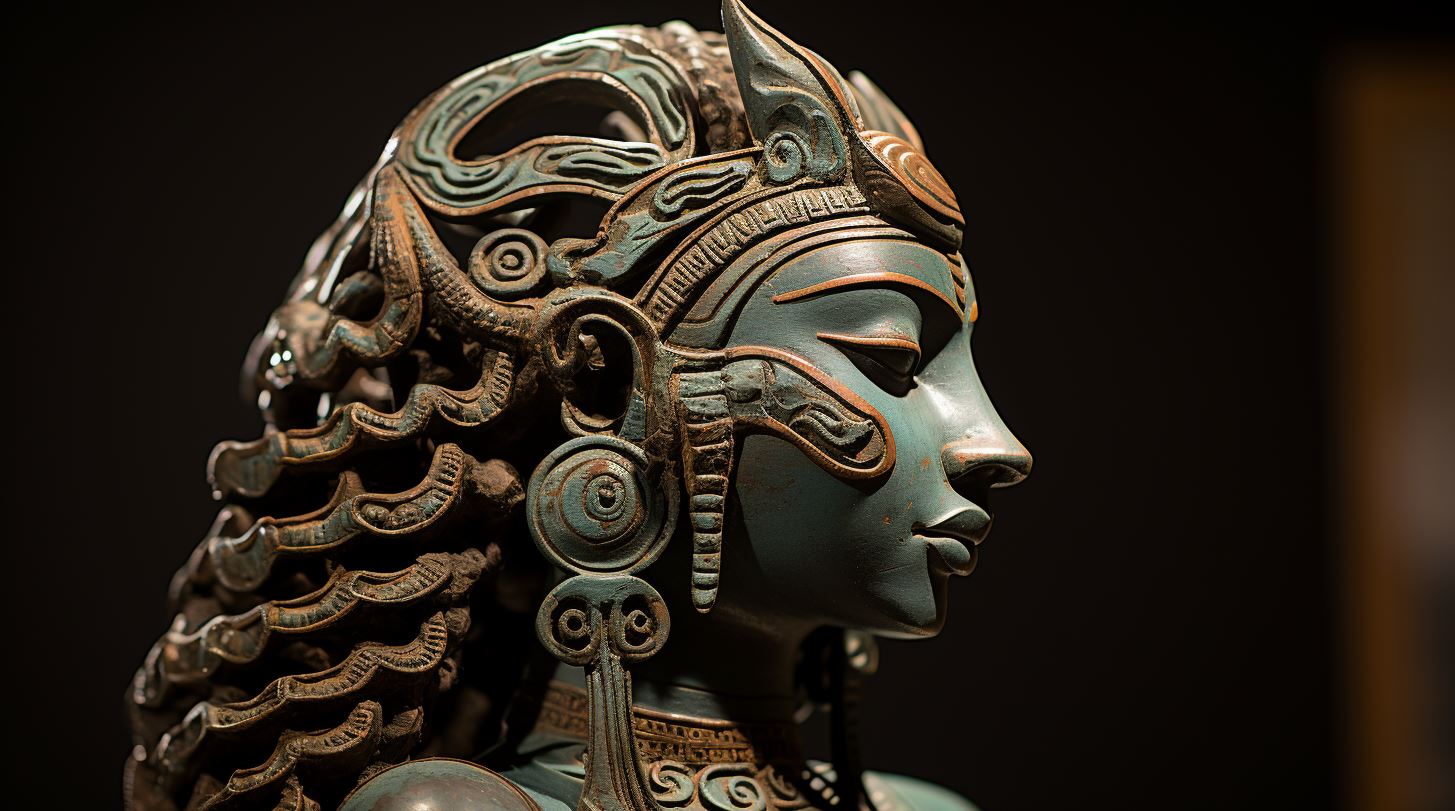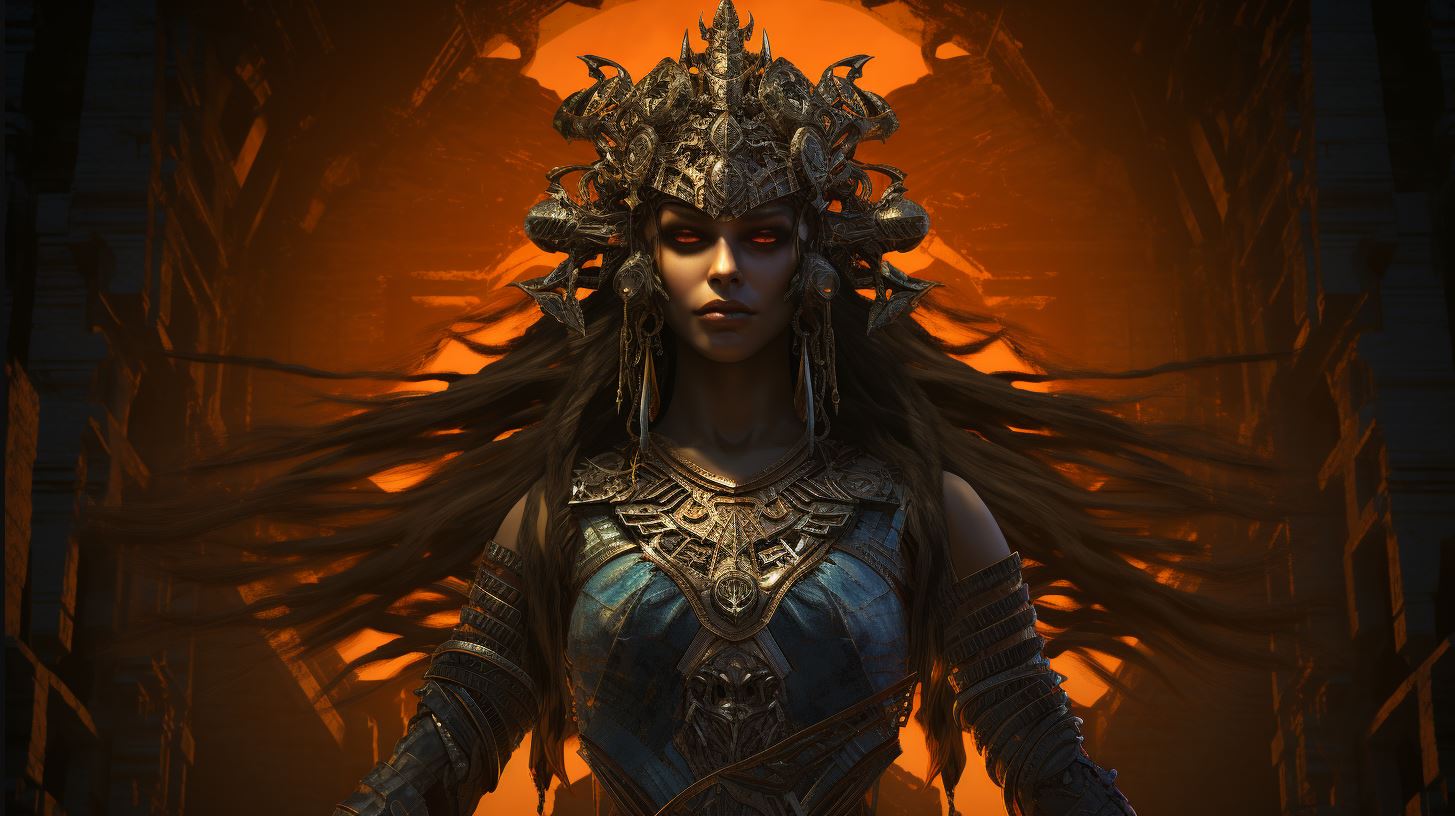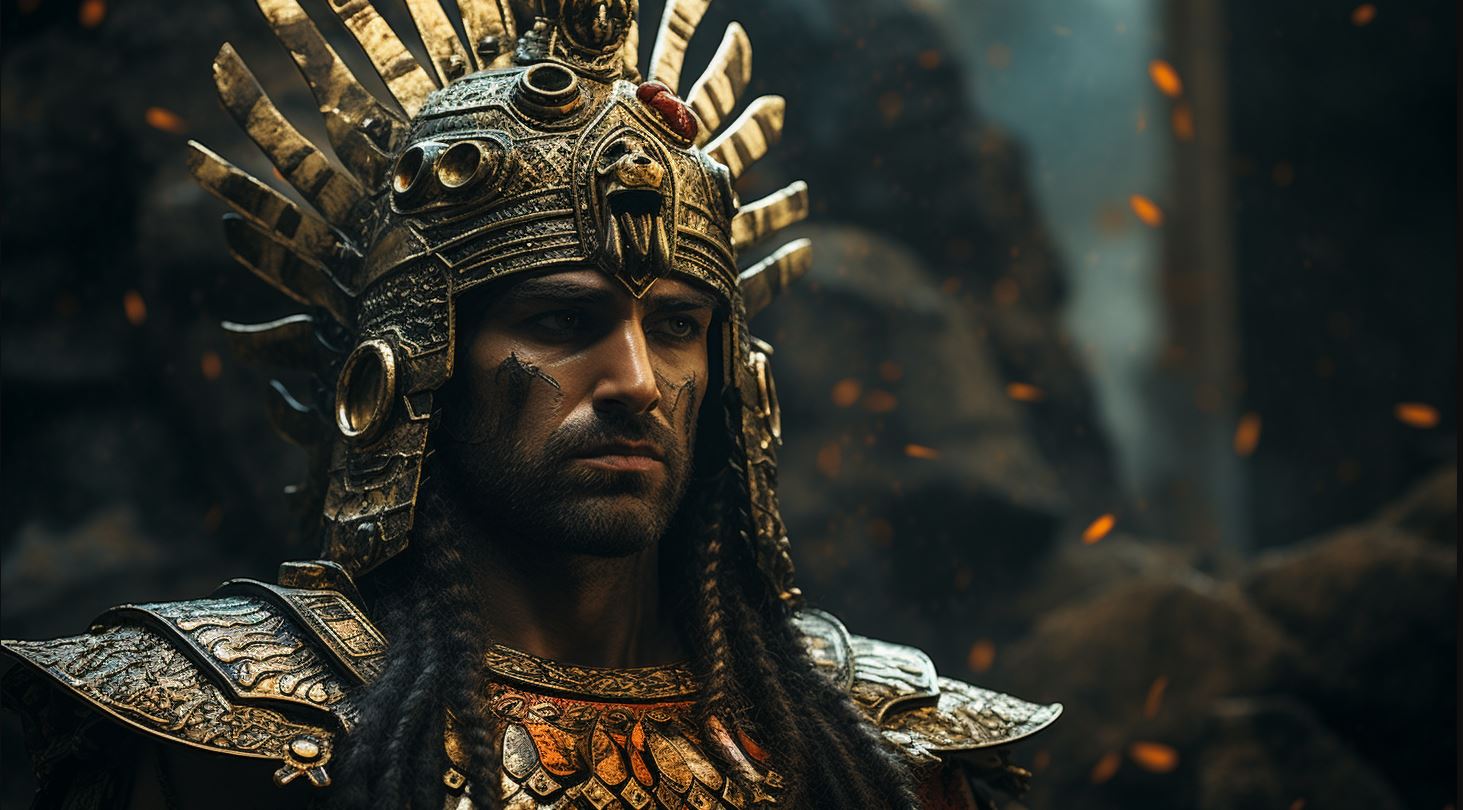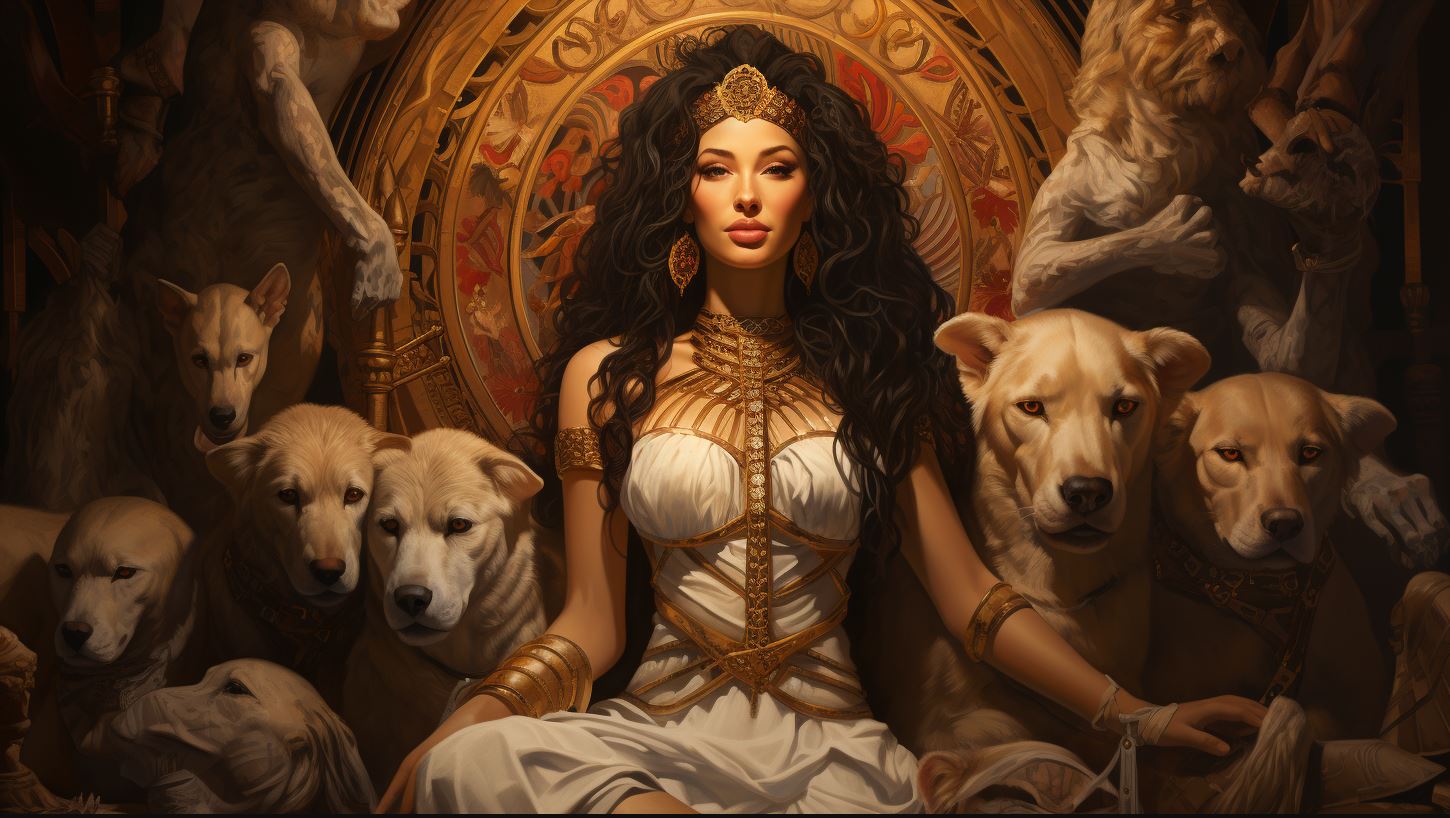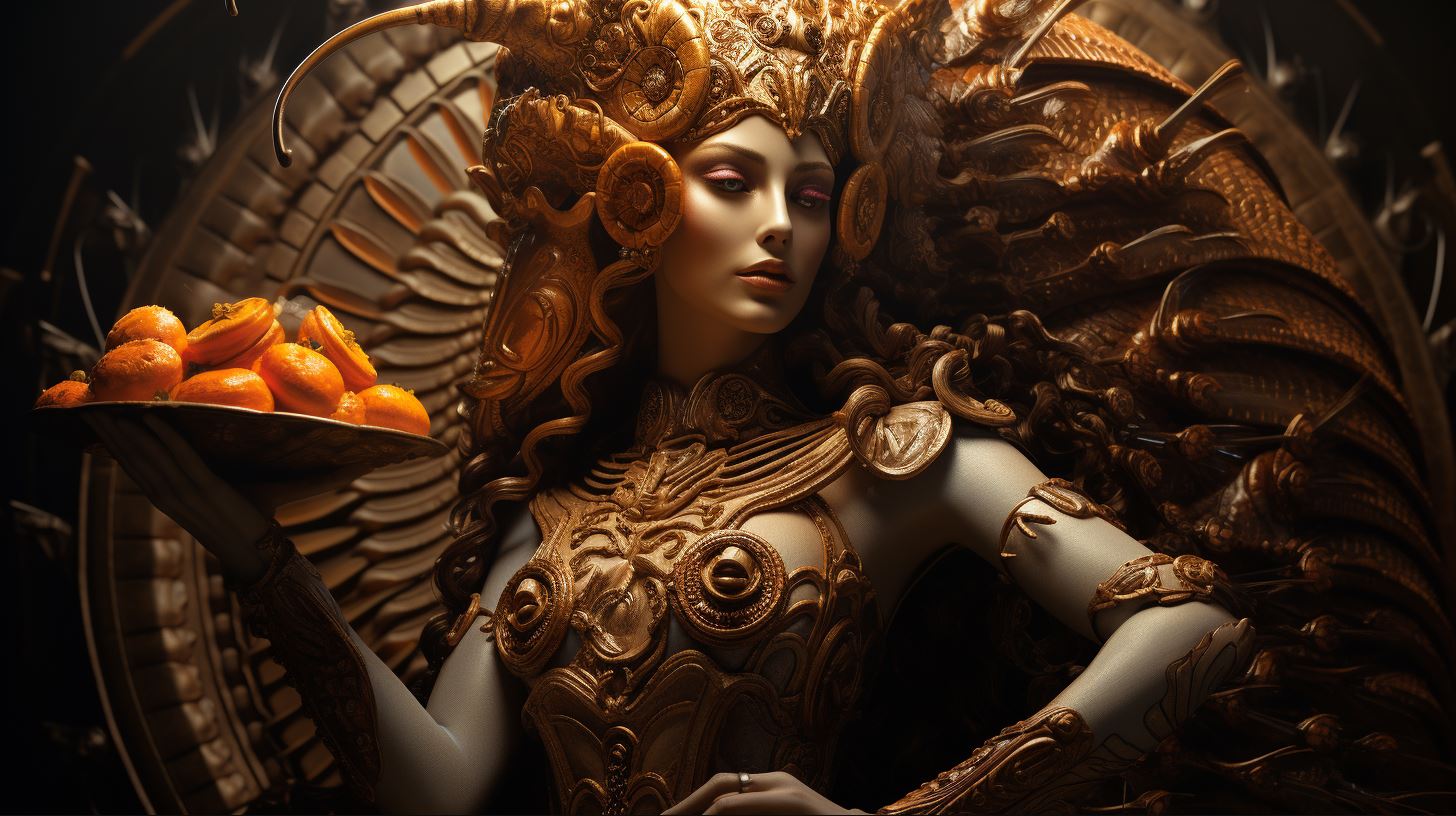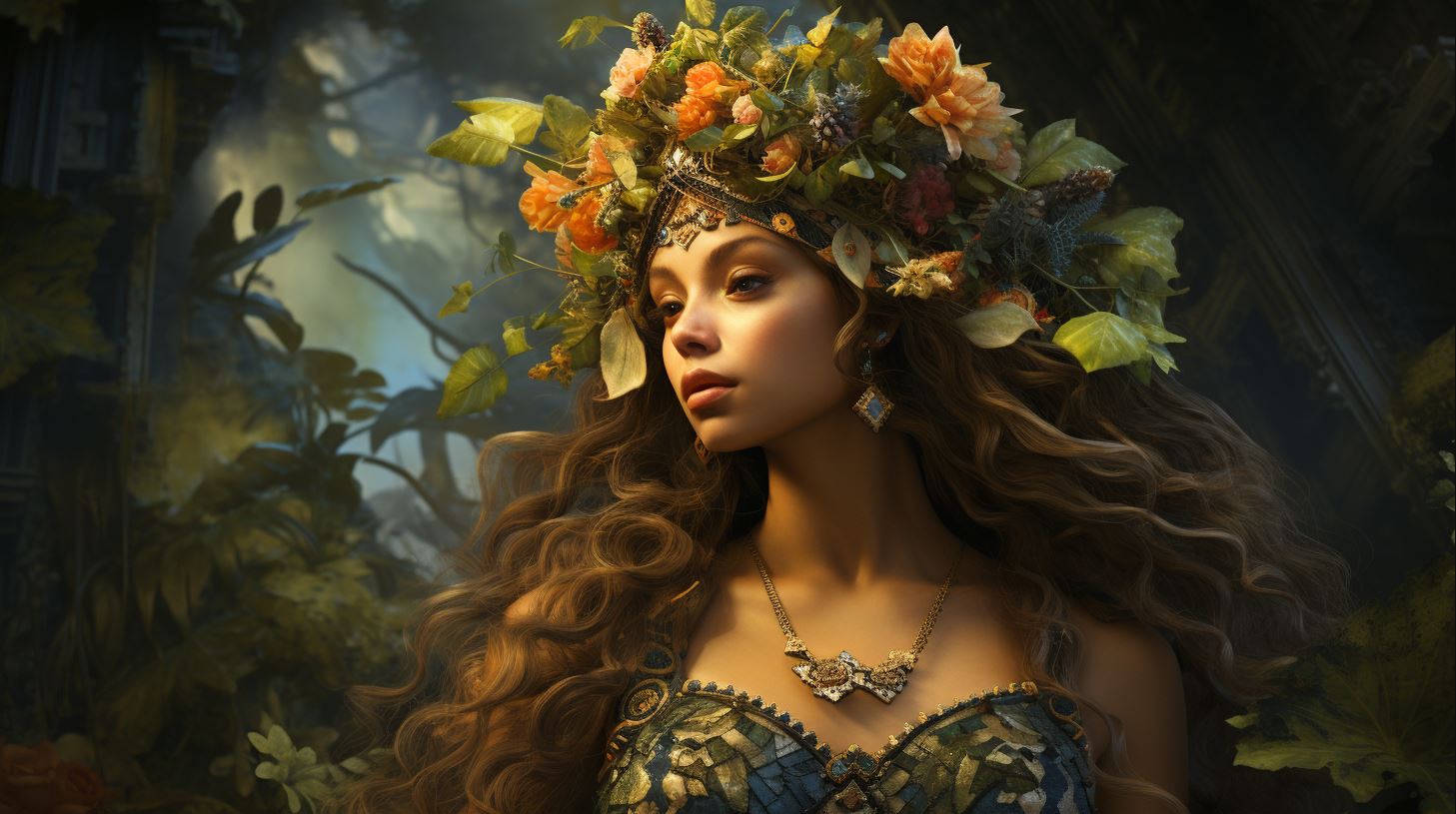Ninhursag: Exploring the Mythology and Significance of the Sumerian Goddess
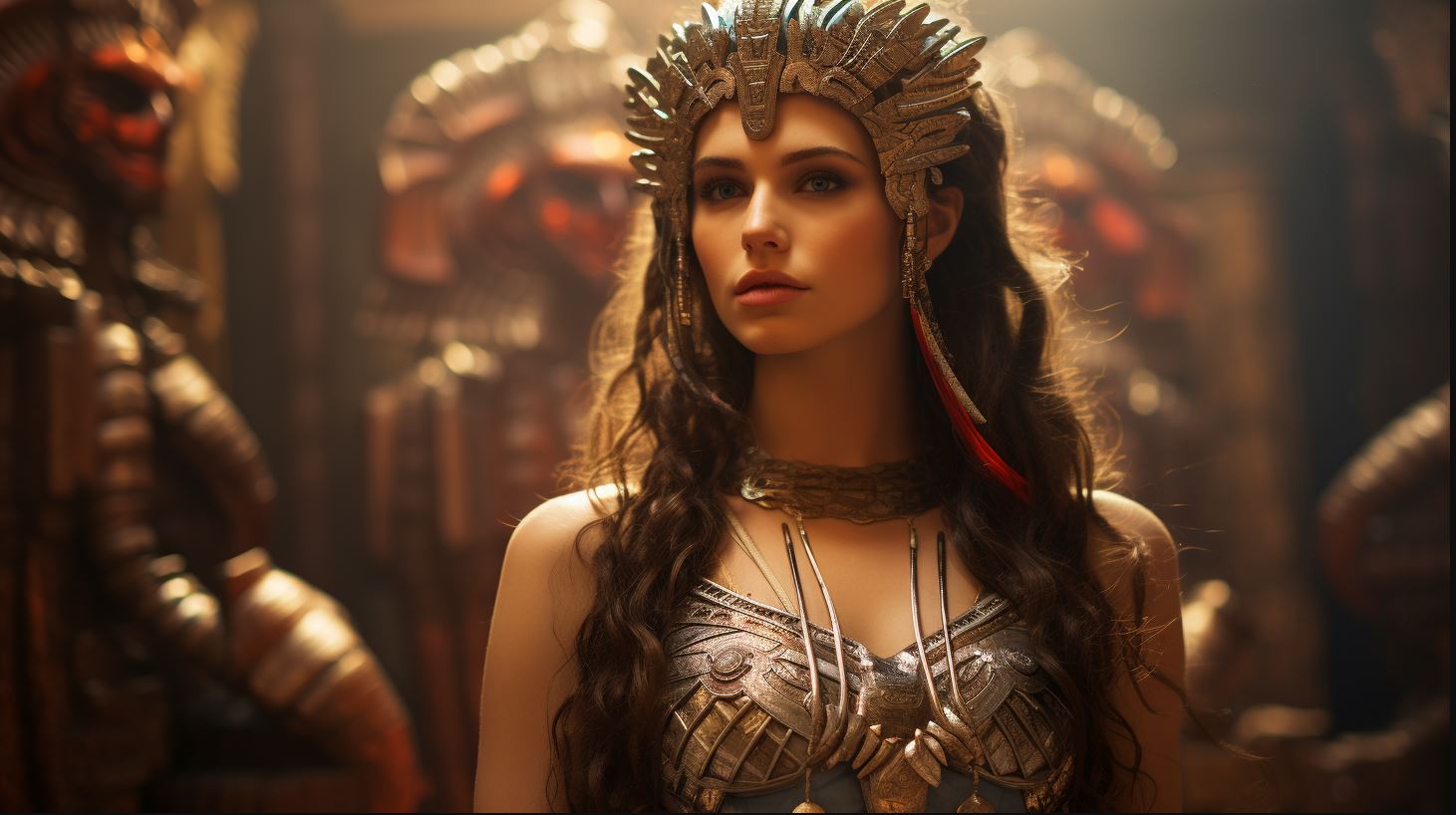
Ninhursag, the Sumerian goddess, holds a significant role in ancient Mesopotamian mythology. Worshiped in various city-states, Ninhursag is associated with creation myths and revered for its symbolism and connections to other gods.
This article explores the mythology, historical context, and legends surrounding Ninhursag, shedding light on its influence on ancient society and religious practices. Discover the fascinating stories and the impact of Ninhursag in the temples of Uruk.
Mythology of Ninhursag
Ninhursag, a prominent figure in Sumerian mythology, is deeply intertwined with the rich tapestry of ancient Mesopotamian religion. Exploring the mythology of Ninhursag allows us to gain insights into the complex pantheon of Sumerian gods and deities, the religious beliefs and practices of ancient Mesopotamia, and, most importantly, the significant role that Ninhursag played in this mythological landscape.
Sumerian Gods and Deities
The ancient Sumerian civilization worshipped a diverse pantheon of gods and goddesses, each with their own attributes and domains of influence. These deities were believed to govern various aspects of life, including nature, fertility, warfare, and the heavens.
Understanding the Sumerian pantheon provides the necessary context to appreciate Ninhursag’s place within this intricate web of divinity.
Ancient Mesopotamian Religion
Ancient Mesopotamian religion was deeply rooted in the concept of polytheism, where multiple gods and goddesses were worshipped. This religious belief system had a profound influence on every aspect of life in Mesopotamia, shaping societal values, rituals, and the role of religion in governance.
Exploring the religious practices of this ancient civilization helps illuminate the reverence and significance accorded to Ninhursag.
The Role of Ninhursag in Mythology
Within Sumerian mythology, Ninhursag held a prominent position as a goddess associated with fertility, creation, and the nurturing aspects of nature. She was revered as a mother goddess and portrayed as a protector of life and the divine mother of all gods.
Ninhursag’s role in mythology often intersected with other deities, such as her relationship with the supreme god, Anu, and her involvement in the creation myth. Delving into these tales reveals the symbolic power and importance attributed to Ninhursag in the intricate narrative tapestry of Sumerian mythology.
Ninhursag in History
Ninhursag, the Sumerian god, played a significant role in the history of ancient Mesopotamia and the development of Sumerian culture. This section explores various aspects related to Ninhursag’s historical significance, including the ancient Mesopotamian society, the worship of Ninhursag in the ancient city-states, and the god’s influence on the Akkadian and Assyrian Empires.
Ancient Mesopotamia and Sumerian Culture
Ancient Mesopotamia, known as the cradle of civilization, encompasses the region between the Tigris and Euphrates rivers. Sumer, considered the world’s first urban civilization, developed in southern Mesopotamia during the 4th millennium BCE.
The Sumerians, the inhabitants of Sumer, made significant contributions in various fields, including literature, architecture, and religious practices.
The Worship of Ninhursag in Ancient City-States
Ninhursag was revered and worshipped in many of the ancient Sumerian city-states. As the goddess of fertility, agriculture, and motherhood, Ninhursag held a prominent place in the religious beliefs of the Sumerians.
The city of Uruk, one of the oldest and most influential cities in Mesopotamia, housed notable temples dedicated to Ninhursag, where lavish rituals and offerings took place.
Ninhursag and the Akkadian and Assyrian Empires
As Sumer came in contact with other civilizations, Ninhursag’s influence extended beyond the Sumerian city-states.
The conquerors and rulers of Mesopotamia, such as the Akkadian Empire under Sargon of Akkad and the Assyrian Empire, adopted and integrated elements of Sumerian religion into their own pantheon.
Ninhursag’s cult and worship were prevalent across these empires, showcasing her enduring significance in the region.
Legends and Stories about Ninhursag
Legend has it that Ninhursag, the Sumerian goddess, played a significant role in various stories and myths that shaped the ancient Mesopotamian culture. These legends provide intriguing insights into the complex nature of Ninhursag’s character and her interactions with other deities.
The Creation Myth and Ninhursag’s Role
One of the most prominent legends surrounding Ninhursag is the creation myth, which depicts her as a vital participant in the formation of the world. In this myth, Ninhursag is revered as a mother goddess who aided in the birth of both humans and gods.
She is believed to have brought life to the barren earth and nurtured its inhabitants, displaying her fertility and nurturing qualities.
In this myth, Ninhursag’s role as a creator and lifegiver showcases her immense power and establishes her as an essential figure in Sumerian cosmology.
Her ability to shape and breathe life into the world solidifies her status as a revered deity among the pantheon of Sumerian gods.
Ninhursag and Her Connection to Other Gods
Within Sumerian mythology, Ninhursag is not only recognized for her individual attributes but also for her intricate connections with other deities. She is often depicted as a wife or mother to various gods, reflecting her significant role in maintaining the divine order.
One notable connection is her relationship with the god Enki, with whom she is believed to have co-created humanity. Together, they formed a divine partnership that symbolized the harmony between masculine and feminine energies in the universe.
This partnership highlights Ninhursag’s importance as a consort and equal to other powerful gods.
Symbolism and Significance of Ninhursag in Mythology
Ninhursag’s symbolic representations hold great significance in Sumerian mythology. She is commonly associated with symbols of fertility, abundance, and the cycles of nature. The nurturing qualities embodied by Ninhursag emphasize her role as a protector of life and a source of sustenance.
Additionally, Ninhursag’s portrayal as a wise and compassionate goddess contributes to her symbolic significance. She is often depicted as a healer and protector, offering guidance and support to humans and gods alike.
Her wisdom and compassion make her not only a revered deity but also a crucial figure in the moral and ethical values of Sumerian society.
Overall, the legends and stories surrounding Ninhursag provide a fascinating glimpse into the intricate mythology of ancient Mesopotamia.
Her role as a creator, her connections with other gods, and her symbolic significance showcase Ninhursag’s importance within Sumerian culture and religion.
Ninhursag’s Influence on Ancient Society
As a prominent deity in Sumerian mythology, Ninhursag had a significant impact on the ancient society of Mesopotamia. Let us explore the various aspects of Ninhursag’s influence:
Impact of Ninhursag’s Cult on Religious Practices
The cult of Ninhursag played a crucial role in shaping religious practices in ancient Mesopotamia.
Devotees held rituals, ceremonies, and offerings to honor and seek the blessings of this revered goddess. Ninhursag’s cult brought forth a sense of divine presence and spirituality, permeating the daily lives of the Mesopotamian people.
Ninhursag and the Status of Women in Ancient Mesopotamia
Within the context of ancient Mesopotamia, Ninhursag’s significance extended to the status and role of women in society. As the goddess of fertility and motherhood, she symbolized the nurturing aspects of femininity.
This portrayal elevated the status of women and emphasized their crucial role in the reproductive cycle and in sustaining the social fabric of the community.
Ninhursag’s Temples and Worship in the City of Uruk
The city of Uruk, one of the most prominent urban centers of ancient Mesopotamia, was particularly associated with the worship of Ninhursag.
Her temples, such as the Eanna temple complex, stood as magnificent structures, serving as the religious epicenter for the veneration of this goddess. The people of Uruk offered prayers, sacrifices, and conducted rituals to invoke Ninhursag’s blessings and divine protection, fostering a sense of unity and spiritual connection.
In conclusion, Ninhursag’s influence on ancient Mesopotamian society was profound and multifaceted. Through her cult, she shaped religious practices, elevated the status of women, and her temples in the city of Uruk served as important centers of worship.
Understanding Ninhursag’s influence allows us to unravel the rich tapestry of ancient Mesopotamian culture and beliefs.
.

